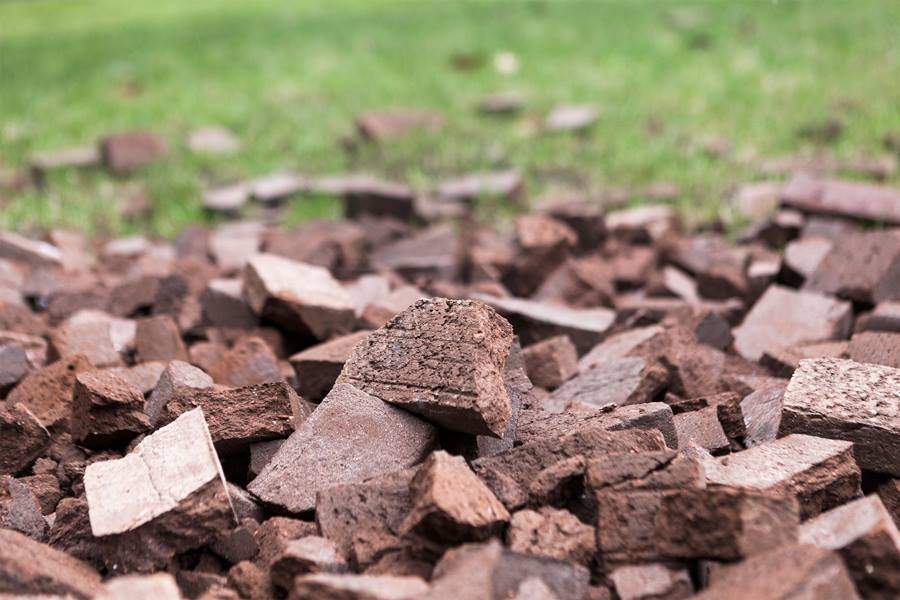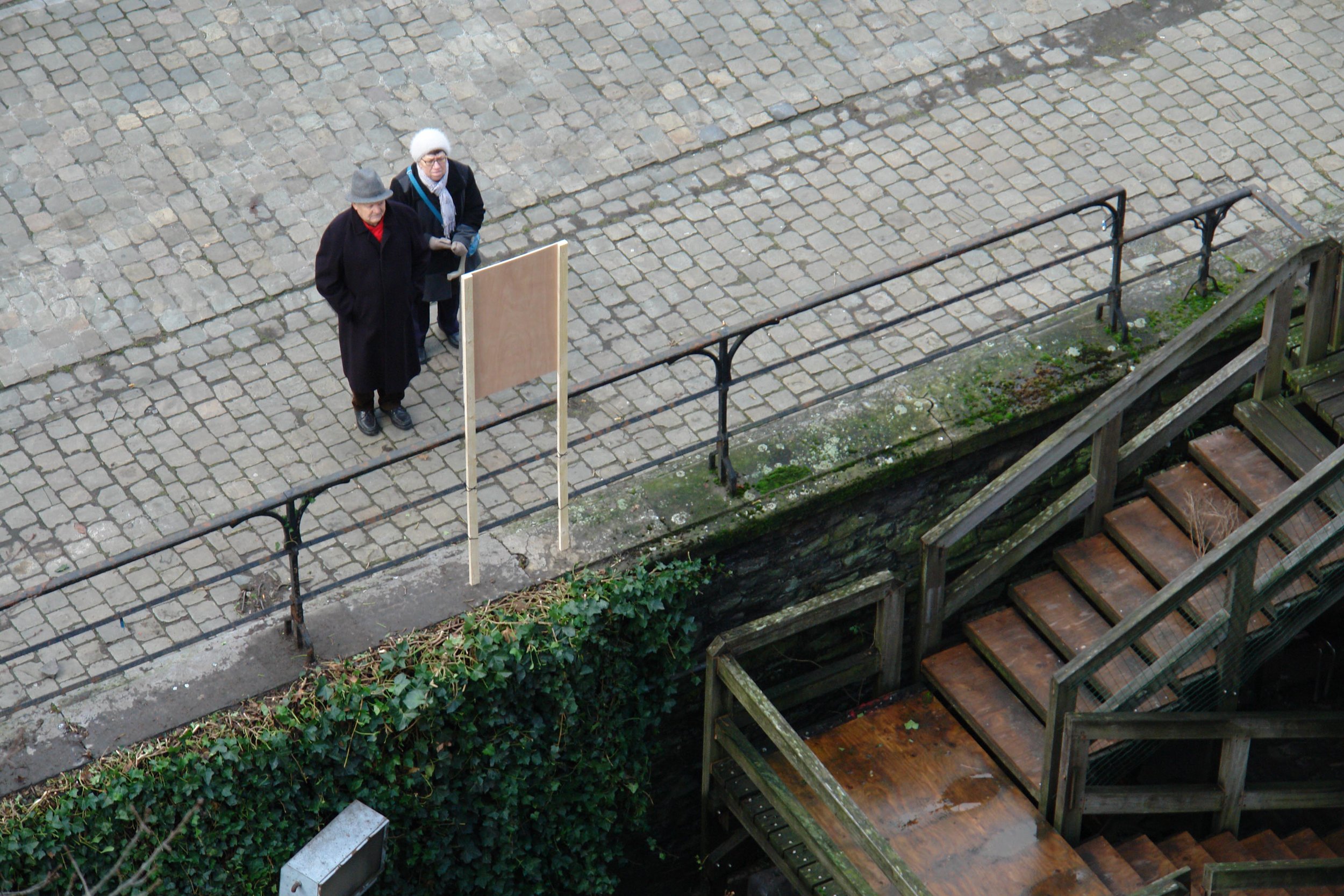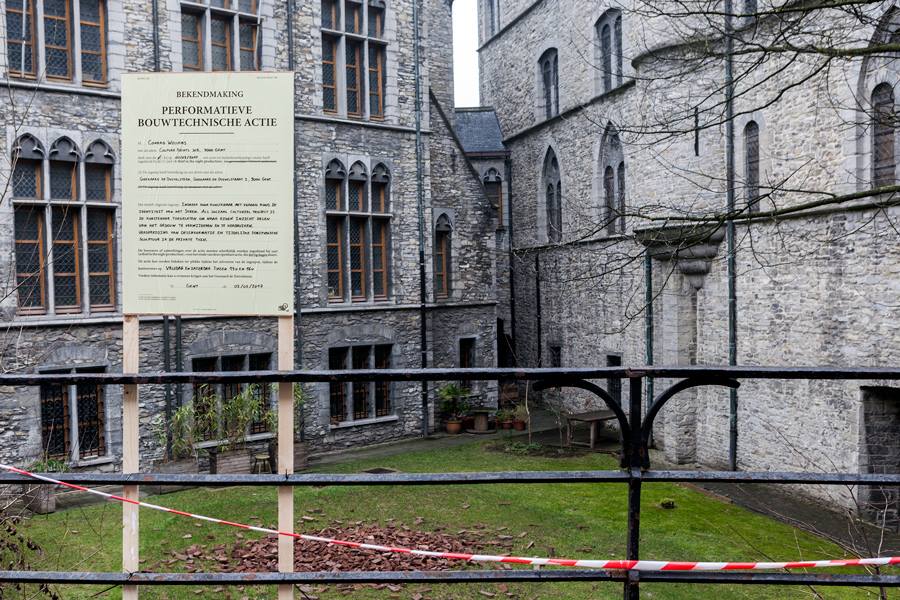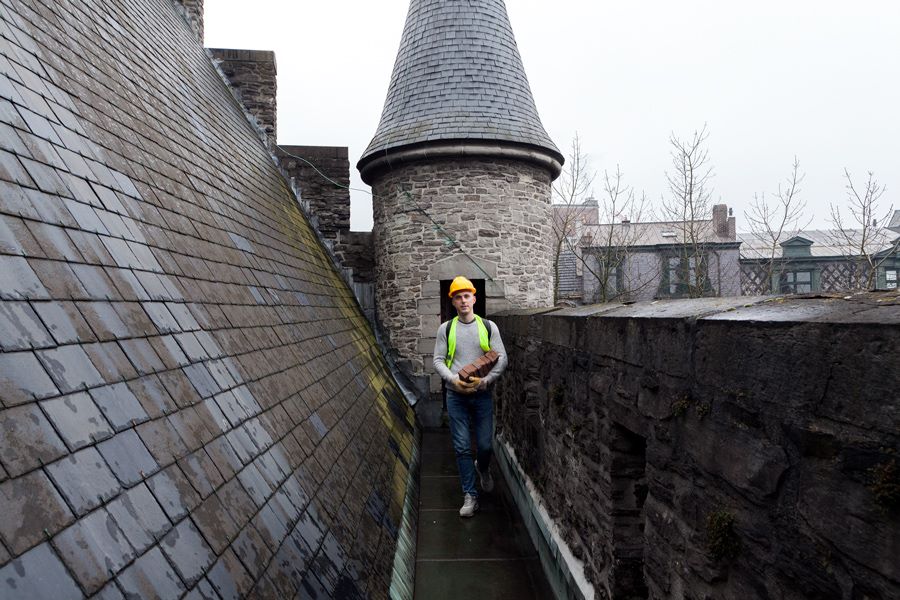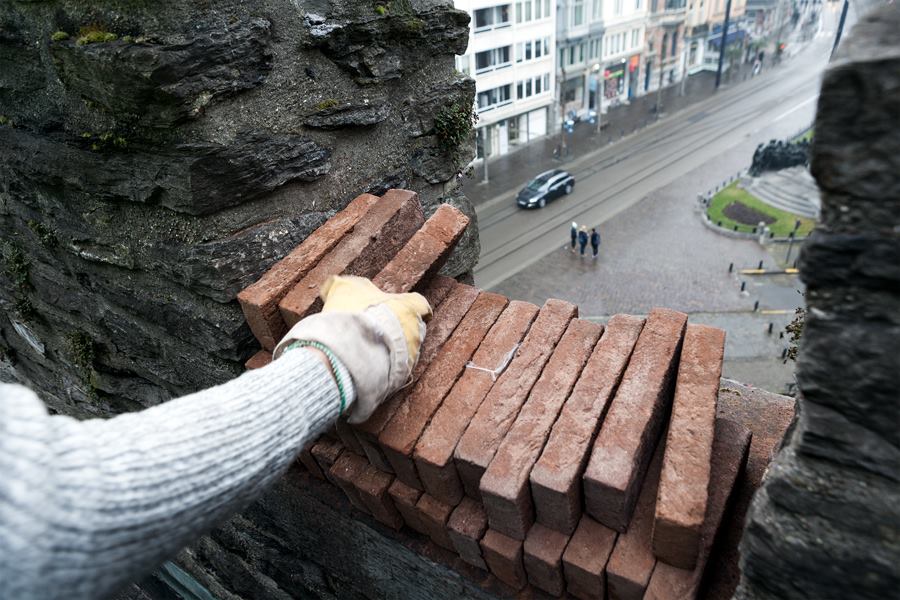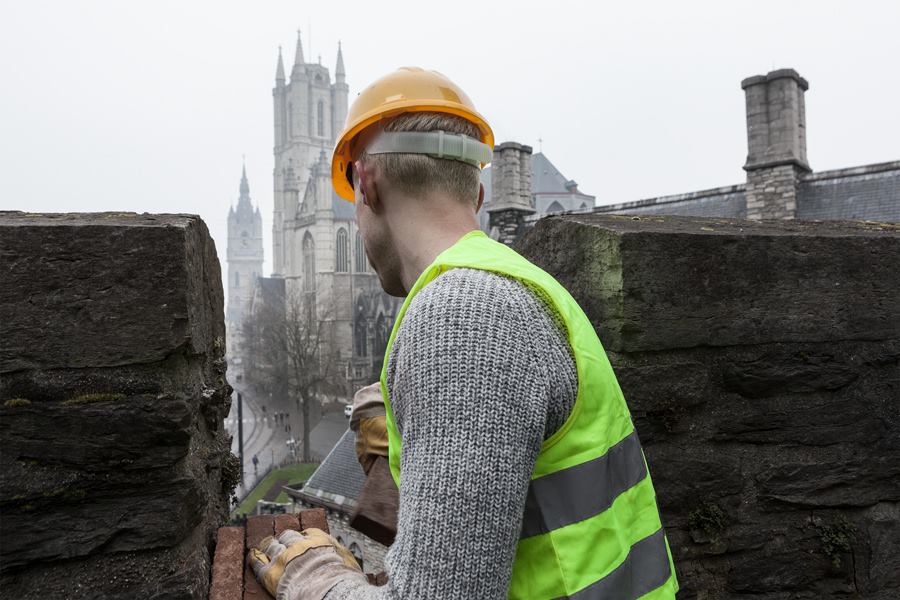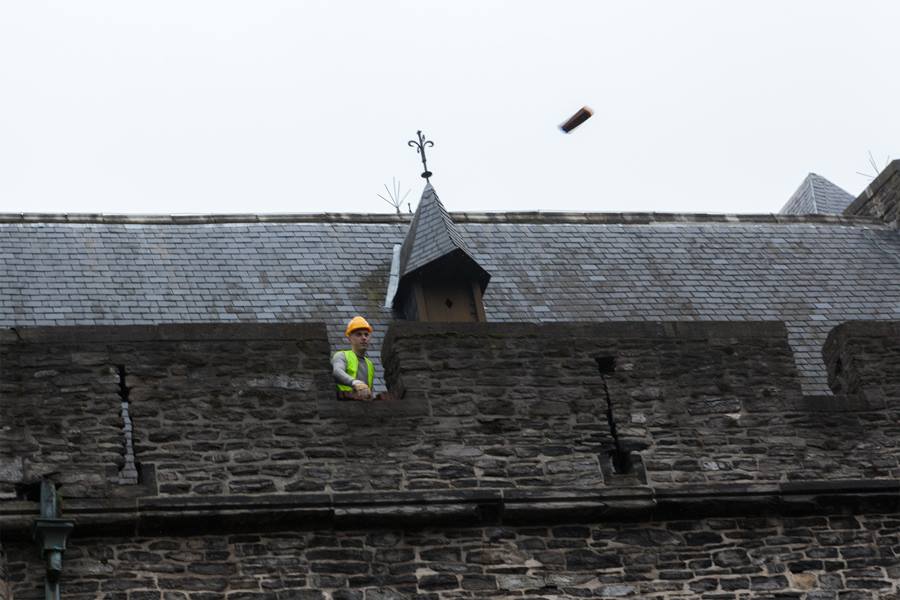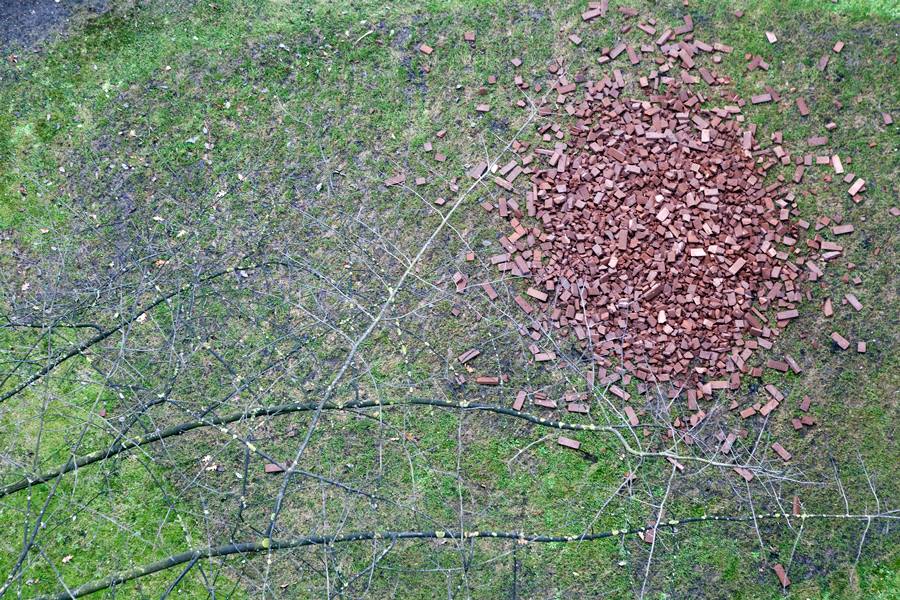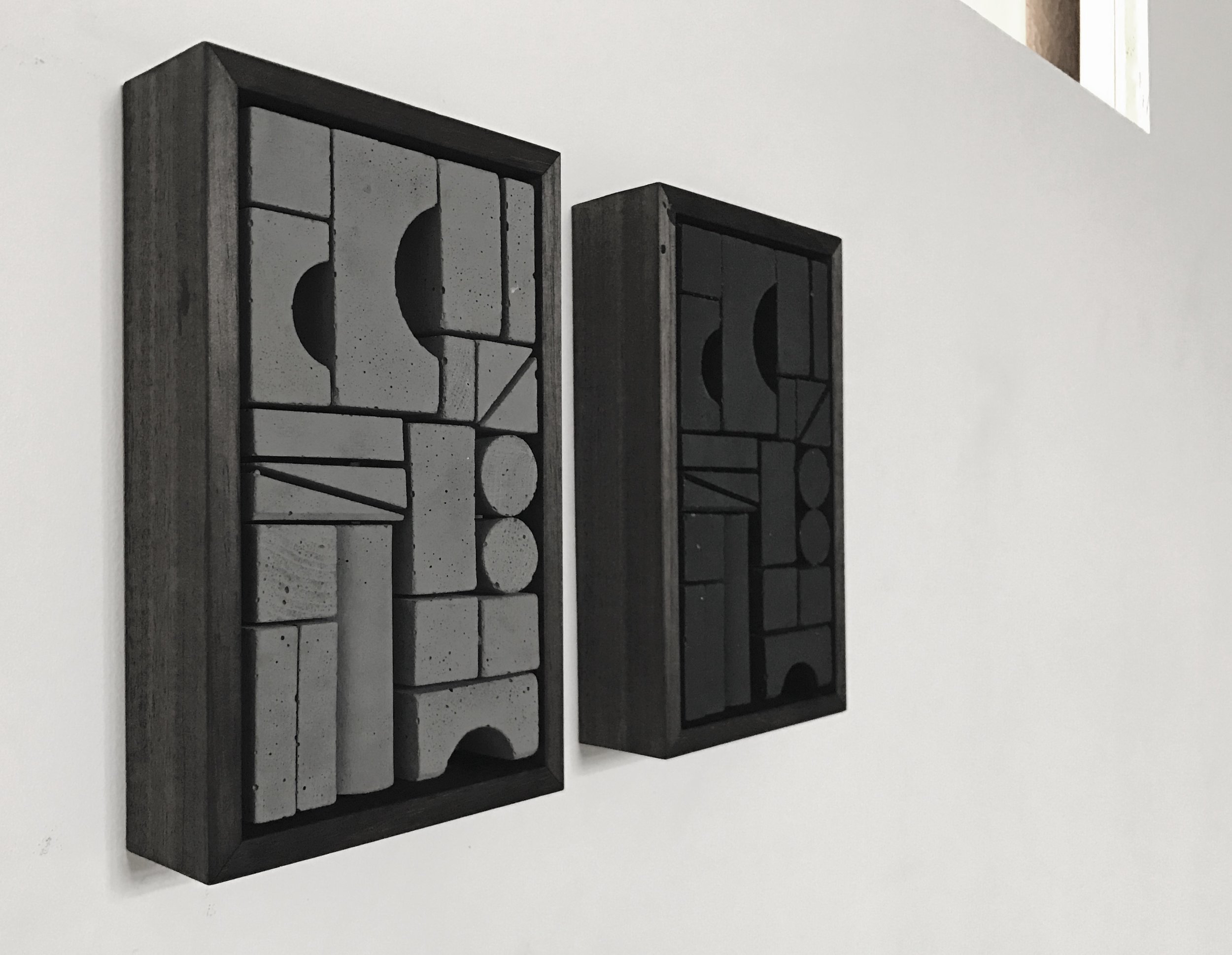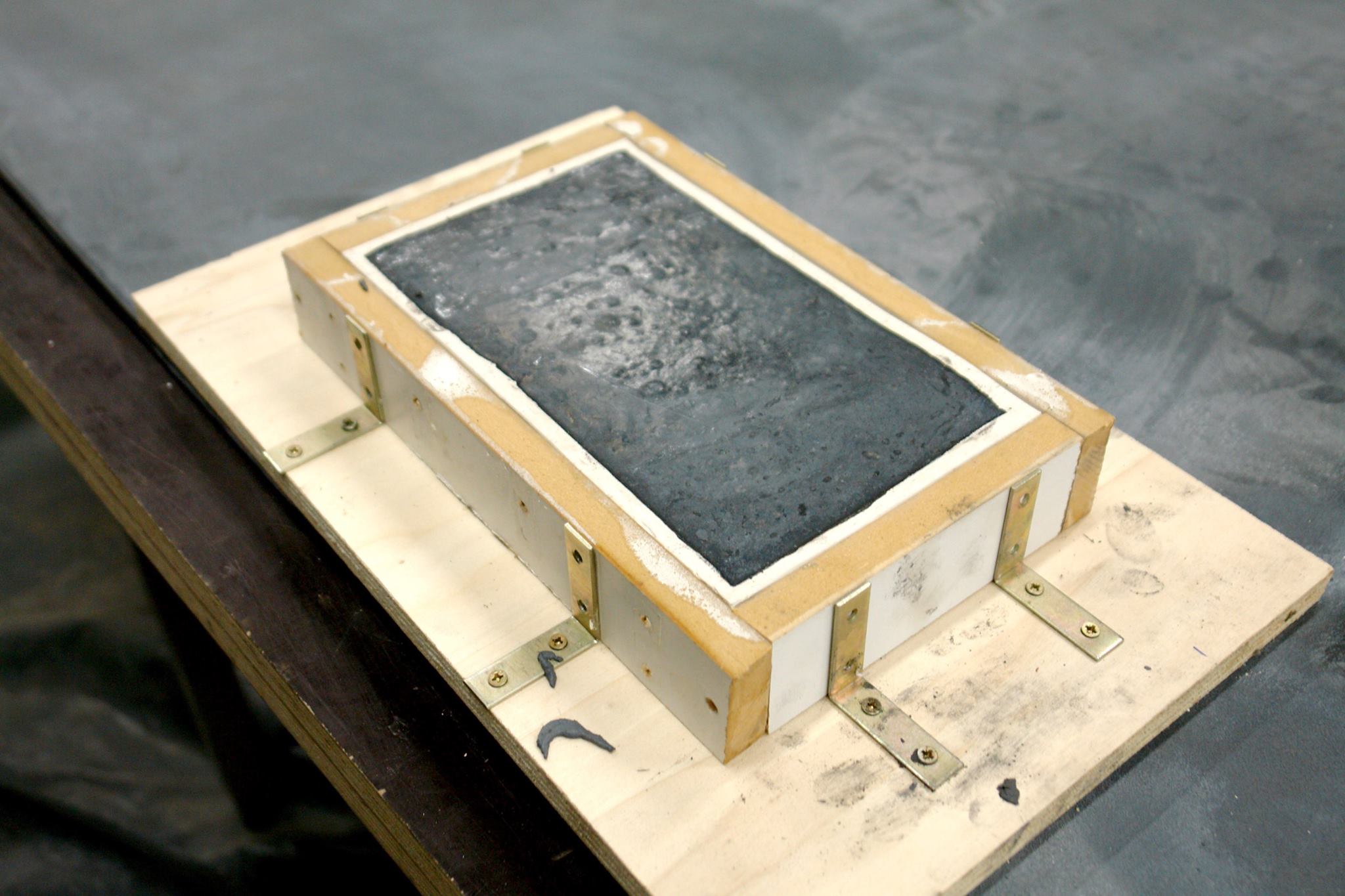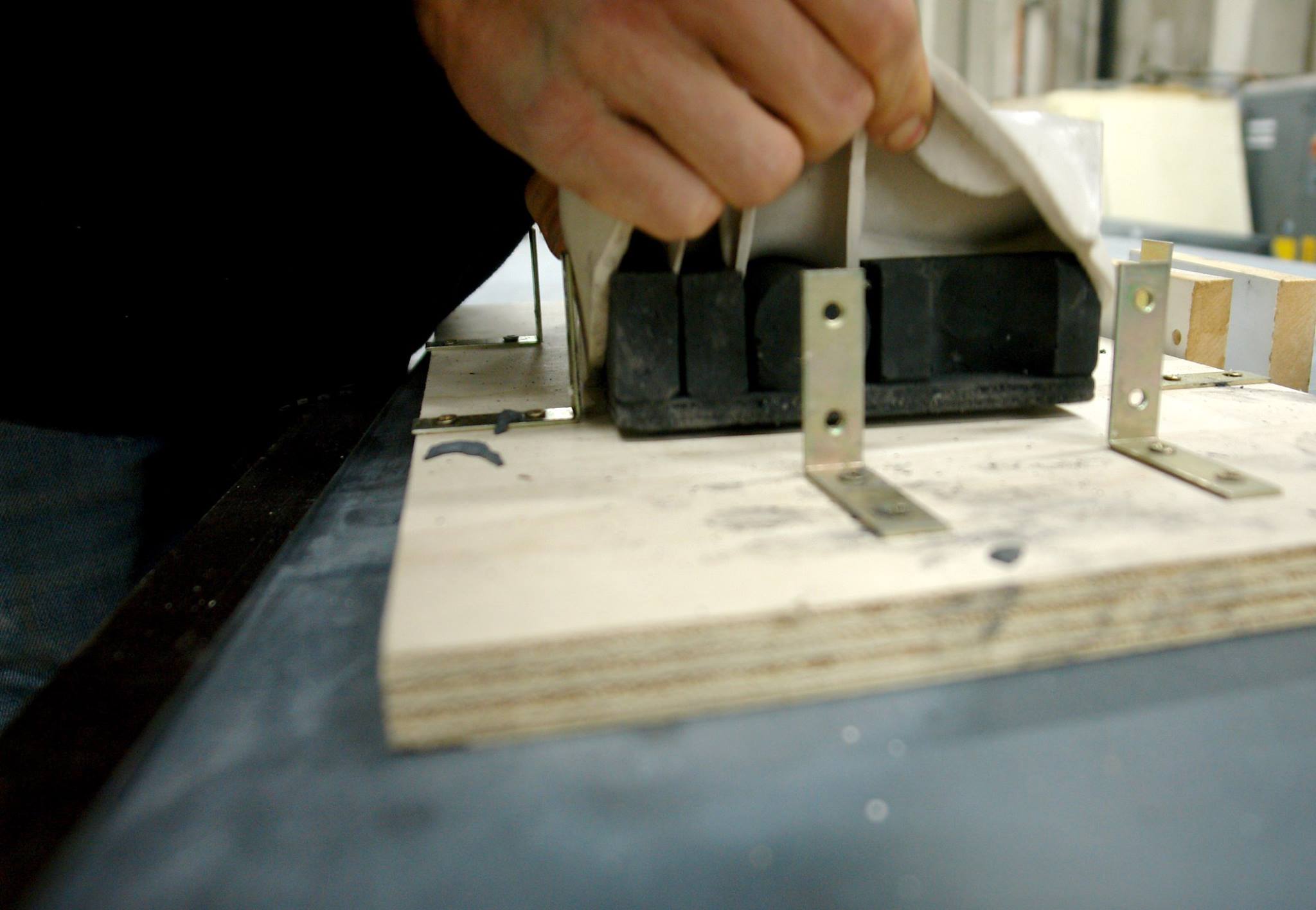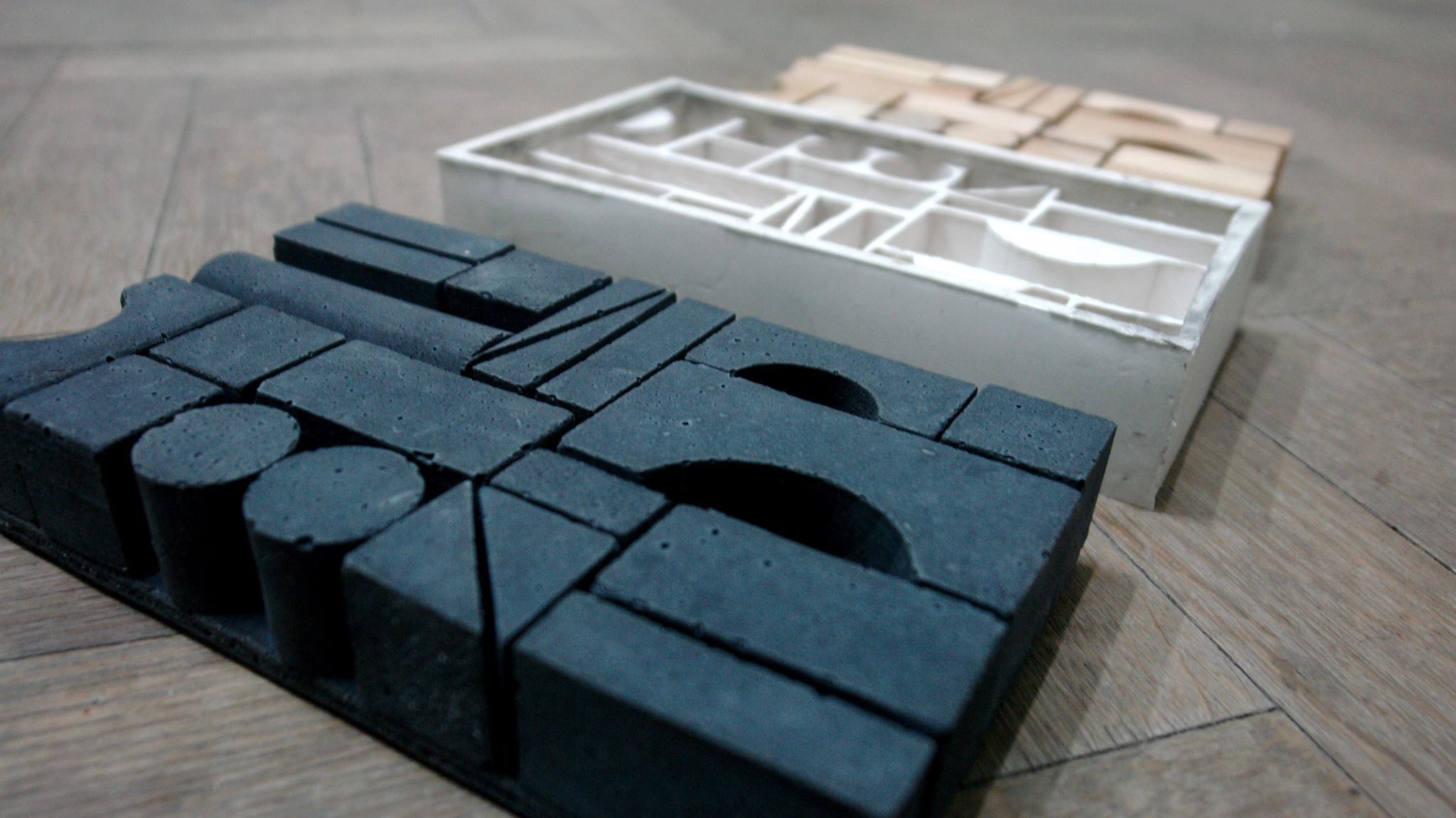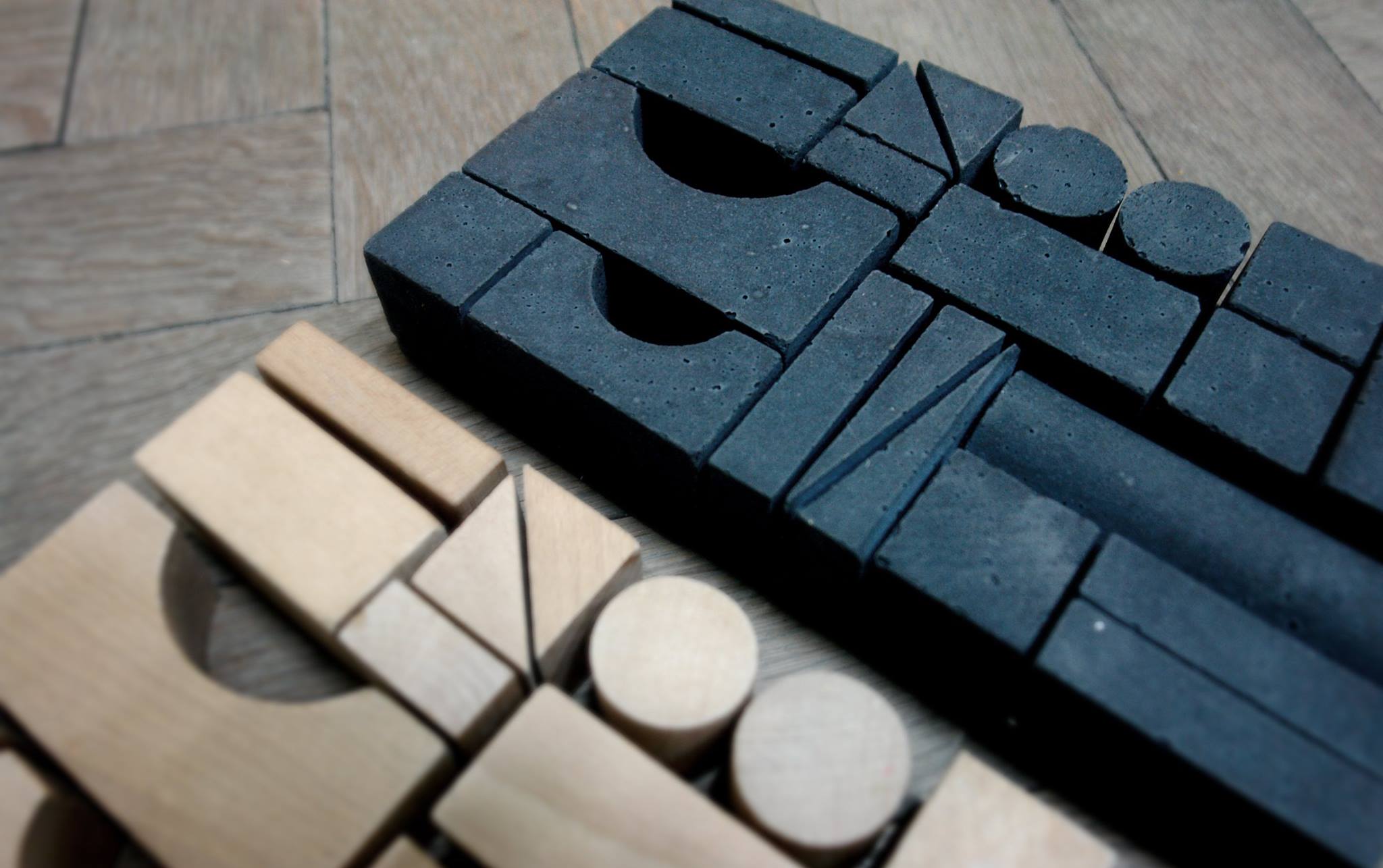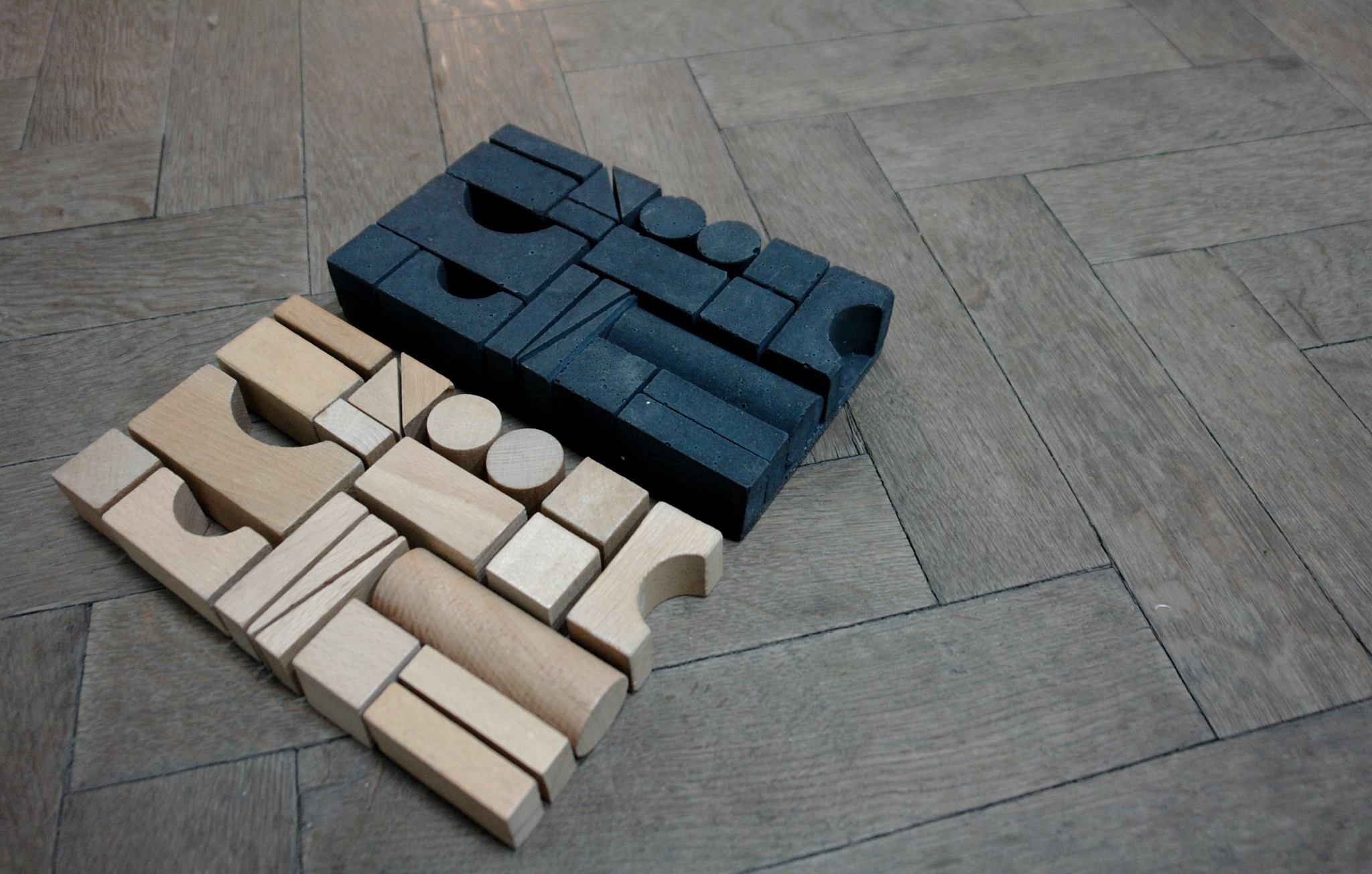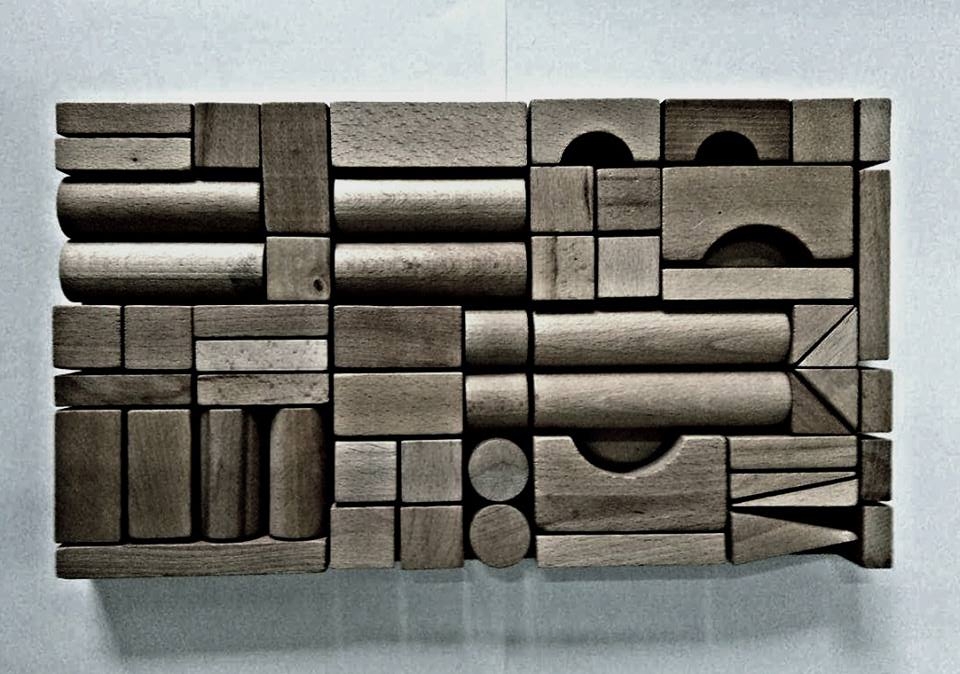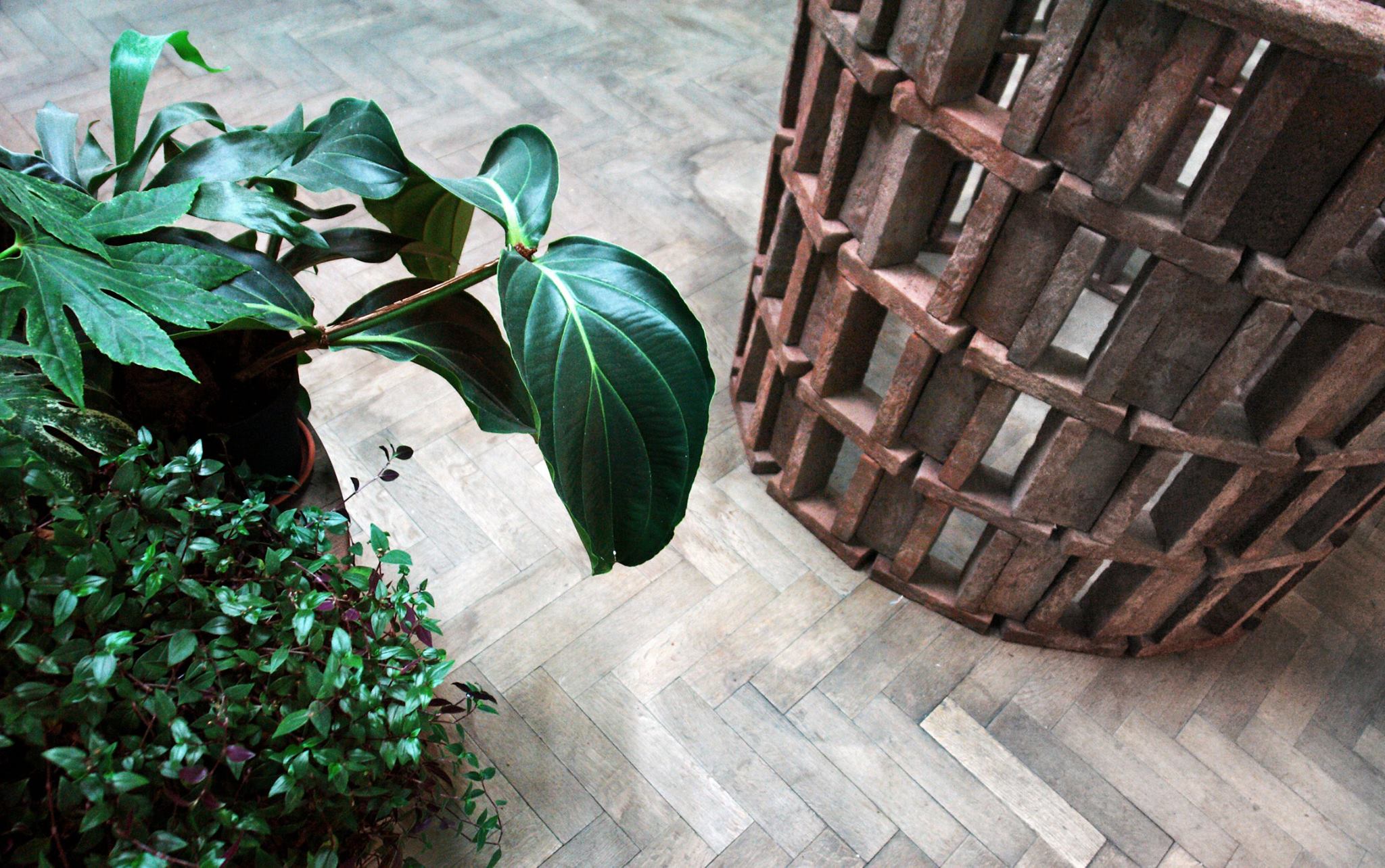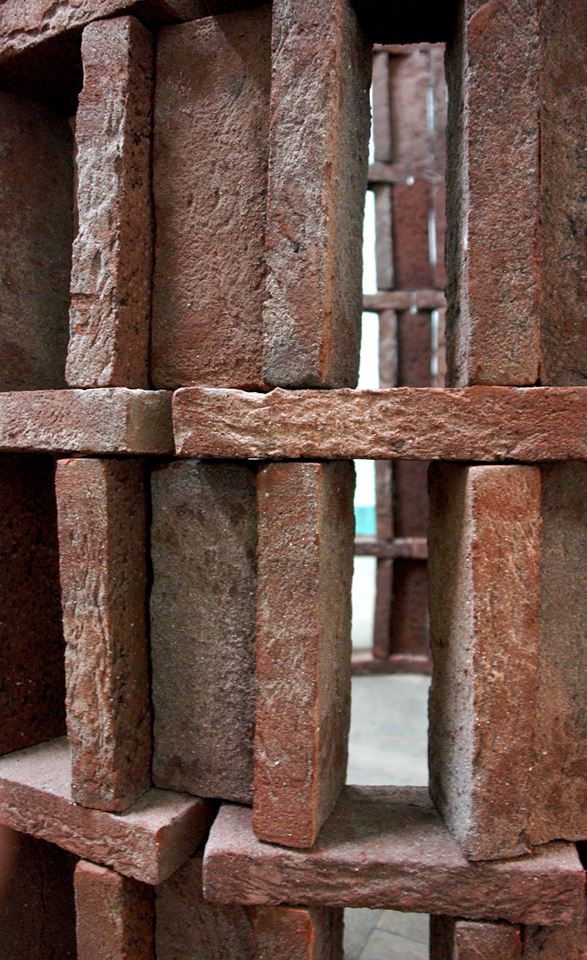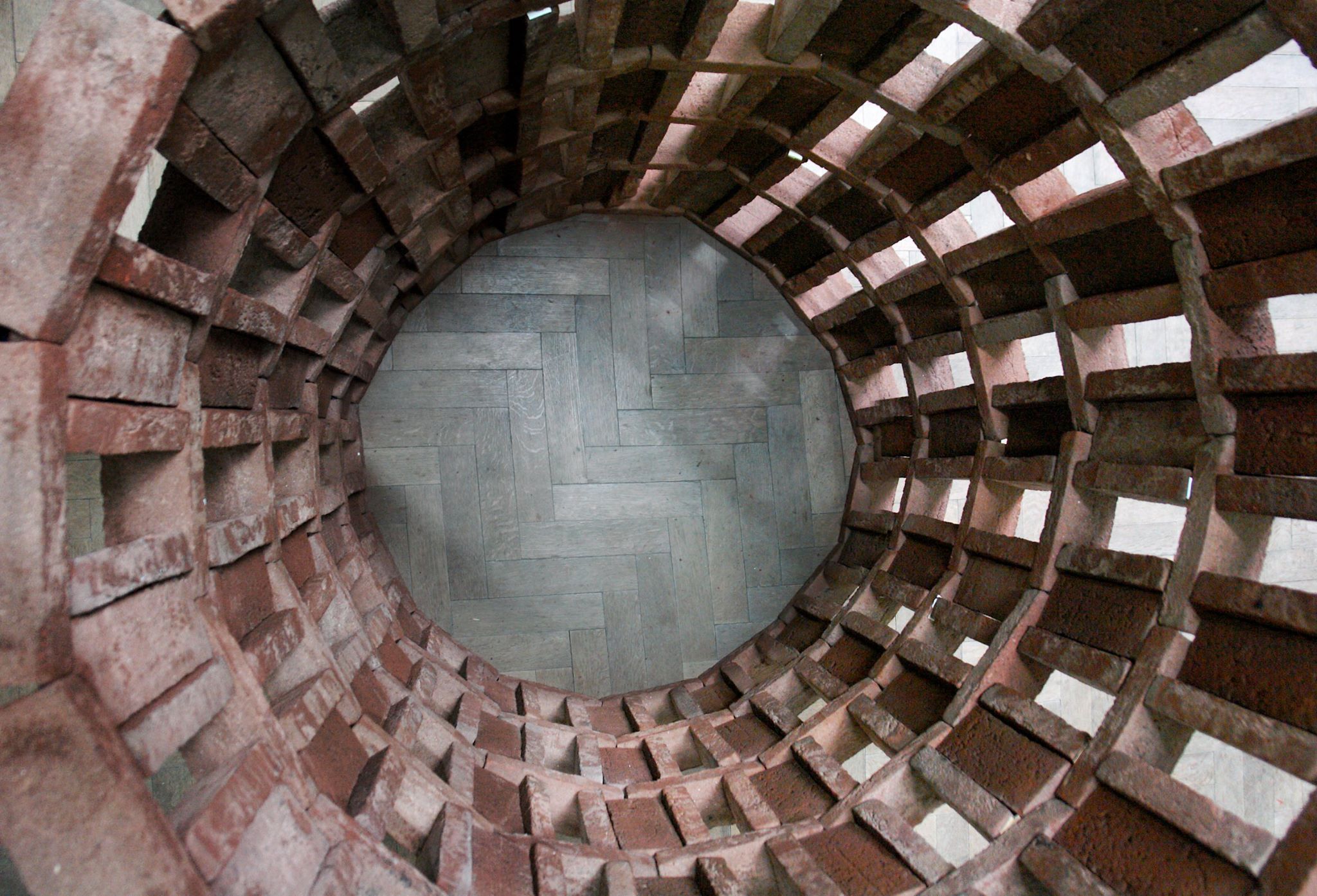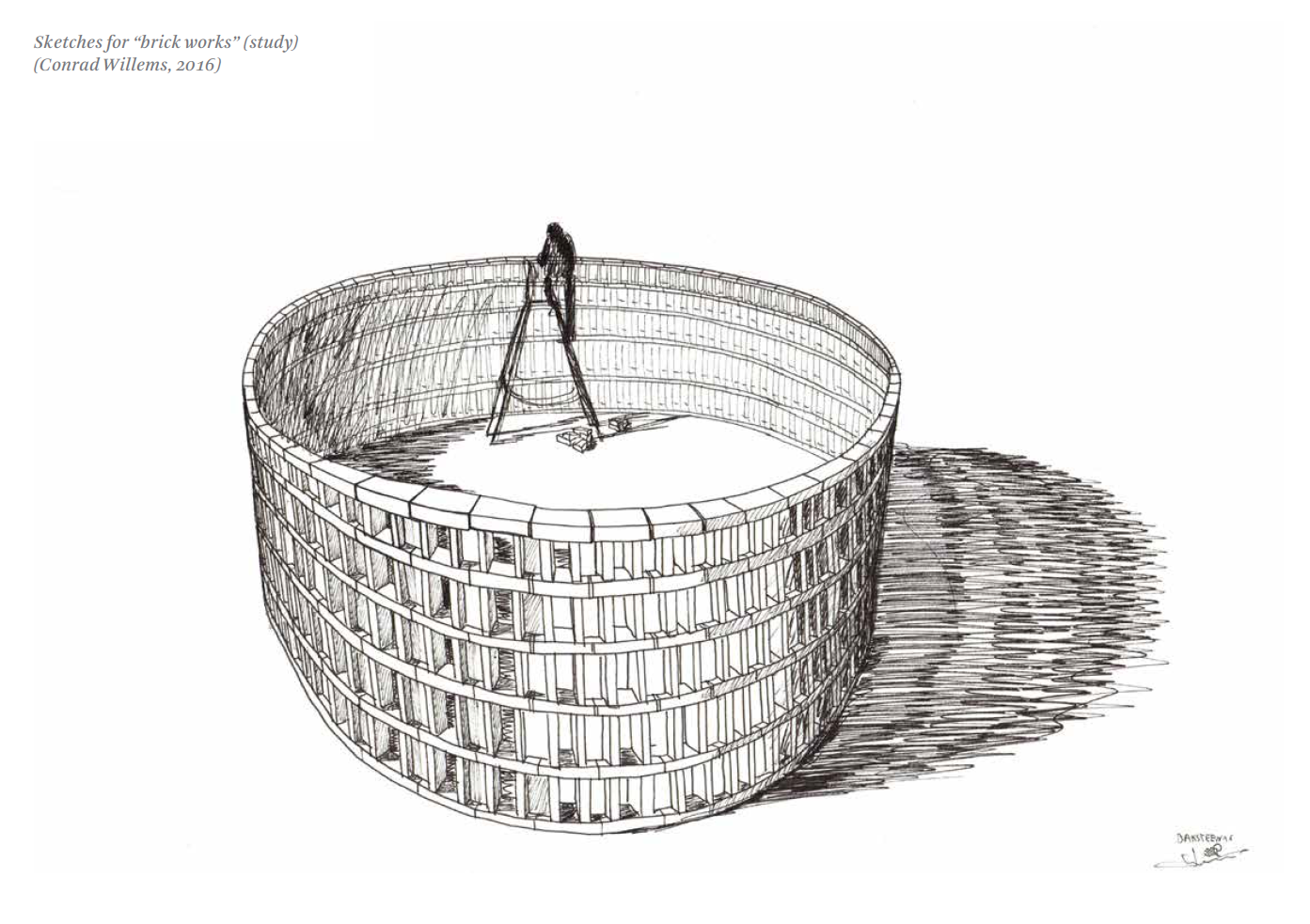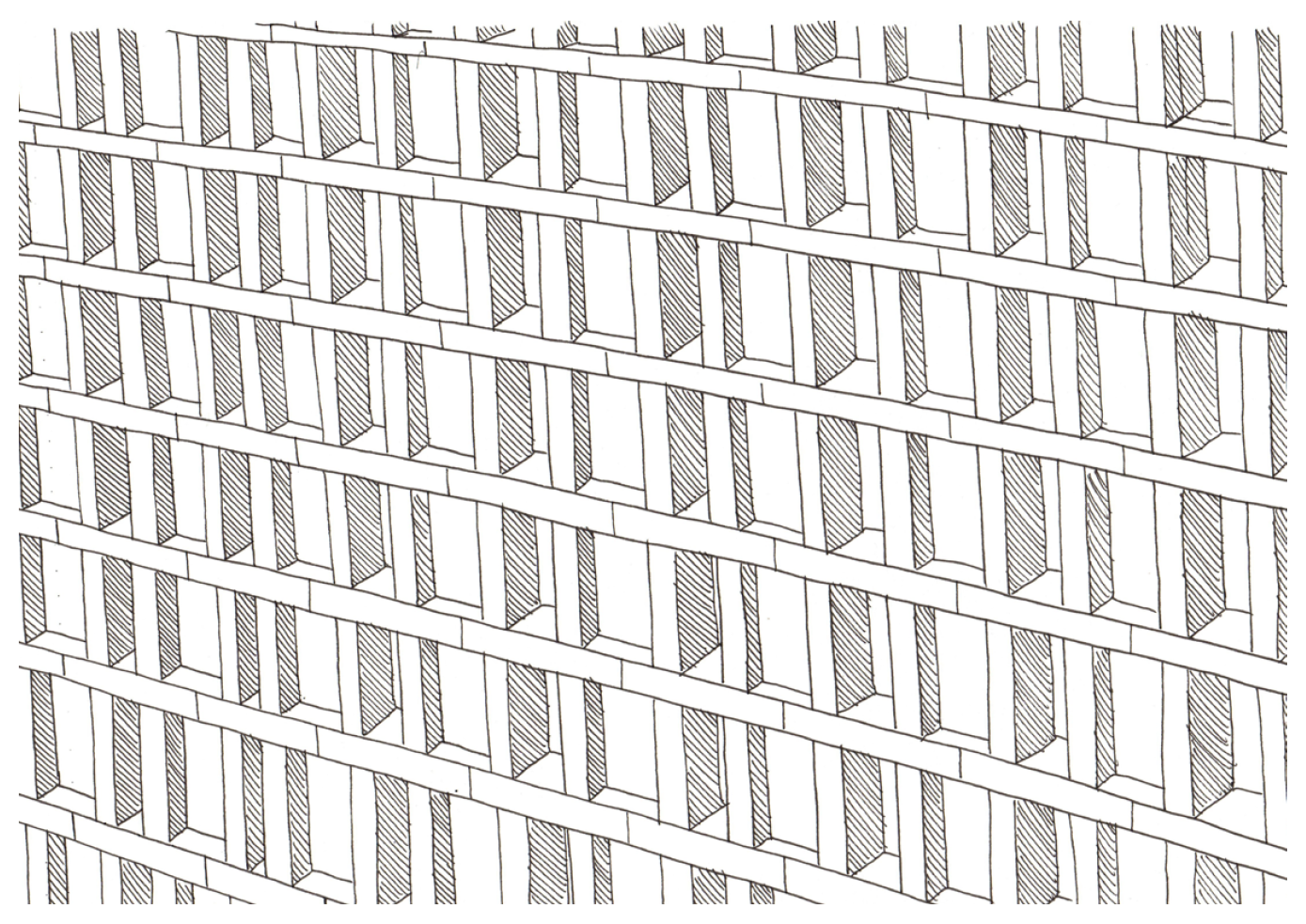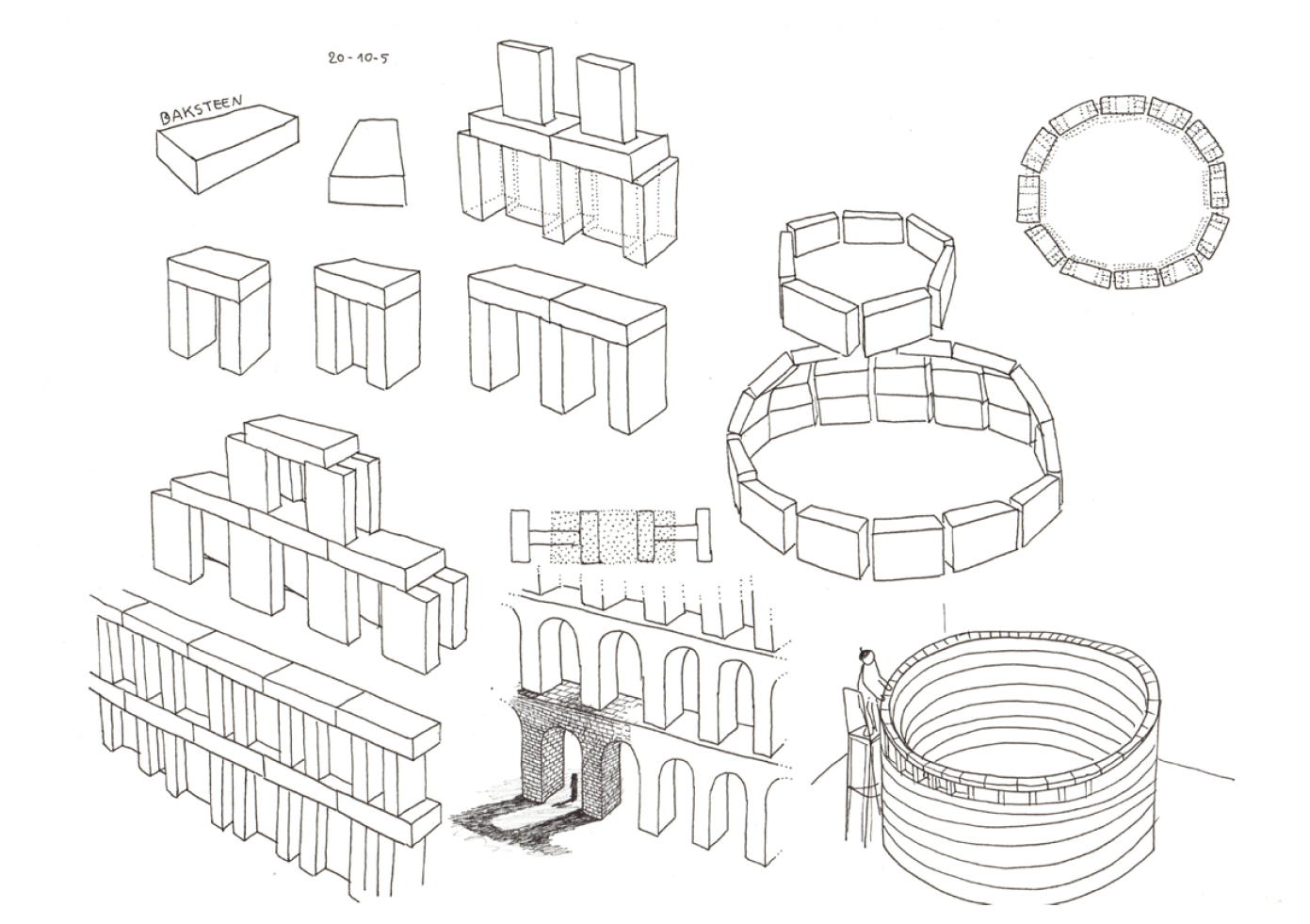At the beginning of March, I received an email that I was selected as one of 4 sculptors as candidates for the Godecharle prize.
Organised for the first time in 1881 by Napoléon Godecharle in honour of his late father, renowned sculptor Gilles-Lambert Godecharle, the prize aims to promote the education of young Belgian artists - sculptors, painters and architects. Over the last 128 years, many famous painters, sculptors and architects have accepted to be members of the prize jury. Amongst them Emile Claus, Paul Delvaux, Fernand Knopff, Constant Permeke, Jean Brusselmans and Pierre Alechinsky. Some of the winners of the prize became very successful afterwards, further increasing the prestige of the award. These include Victor Horta, Egide Rombaux, Victor Rousseau and Guillaume Van Strydonck.
To take part in the contest proceedings, I was invited on Wednesday 22th of March to a remote farm near Wavre. Together with the other selected candidates (4 for each discipline - sculpting, painting, architecture) we received an overarching theme. The theme for the whole group this year was Palimpsest. We had until Sunday 26th to present a finished work in line with this theme.
Without knowing the theme in advance, we had been asked to bring whatever we needed to produce a work. I had loaned my father's pick-up truck and brought with me 500 bricks, two pieces of paper, ink and a couple of thin brushes.
The following days we each worked hard and got to know each other over copious meals and late-night discussions. It was very interesting to see how my collegues tackled the theme and how we used each other to streamline our thoughts and ideas.
I started out with the bricks I brought and decided to embed one in the soil of the farm. From thereon things evolved through numerous in-situ installations rather than through theorizing. Over the following days, the installations became less and less about the bricks and more about the incisions they left in the soil - the rewriting of a place, a site, a landscape.
I wrote down the decision and installations I made throughout the days and also combined this in a drawing. On Sunday, instead of handing over a sculpture, I handed in the drawing and 1 signed brick. The final work was a site-specific installation with wooden beams and incisions in the grass, but the evolution to get to this work is just as important here. A couple of weeks later, I had to defend the site-specific installations I made for a jury. Shortly after this, we knew who won the prize in each category, this was followed by the opening of the Godecharle group exhibition in the Academy of fine Arts in Brussels.












